Tag Archives for " radio noise "
Guest Blog: A Bench Tech’s Thoughts on USB Device Interference in Aircraft
A Few Thoughts on USB Device Interference in Aircraft
Jim Karpowitz, Avionics Technician
A few years back I attended an evening concert by a wonderful artist whose music I very much enjoy. That particular night, however, the person sitting next to me insisted on singing along with every song. This individual was enthusiastic but was also tone deaf and monotonic. The skill of the artist was no match for the caterwauling coming from the seat next to me. As a musician myself, the dissonance was at the threshold of pain and the only way I could enjoy the concert was to move to another seat. In other words, I had to get clear of the noise source to receive the desired signal.
This is how your avionics feel in the presence of consumer grade portable devices and power supplies that have a tendency to radiate electromagnetic interference, or EMI. EMI has become a serious concern in a number of industries because of radiated interference from power supplies, lighting systems, computer systems and peripherals and other noise sources creating interference to everything from television and radio broadcast to wireless microphone systems to amateur and commercial communications.
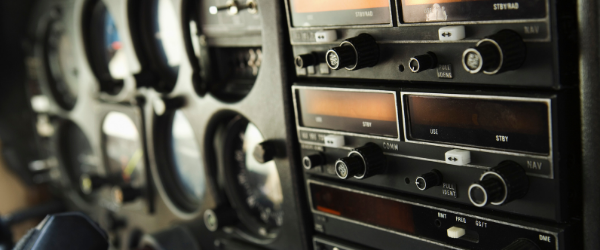 Avionics are not immune to interference either. In the aircraft environment, the use of portable digital devices has increased greatly over the last few years and these devices can and do generate substantial amounts of interference. I have diagnosed numerous cases of interference and have found that cigarette lighter USB power supplies are some of the greatest offenders, often dropping incredible amounts of interference within the nav and com bands. The result can be anything from intermittent squelch break to serious interference with desired signal reception.
Avionics are not immune to interference either. In the aircraft environment, the use of portable digital devices has increased greatly over the last few years and these devices can and do generate substantial amounts of interference. I have diagnosed numerous cases of interference and have found that cigarette lighter USB power supplies are some of the greatest offenders, often dropping incredible amounts of interference within the nav and com bands. The result can be anything from intermittent squelch break to serious interference with desired signal reception.
Often people will try to address the intermittent squelch break issue by turning up the squelch threshold. It’s the wrong approach, rather like hanging a candle in an outhouse. The first rule of noise mitigation is to deal with the interference at the source. I cannot overstress the importance of addressing the interference itself rather than masking it in the receiver. Often this means investing in devices (USB supplies, for example) that have gone through the process of testing and approval for aircraft use, giving the user some assurance that a) it does not interfere with on-board systems and b) on-board systems won’t interfere with it, to say nothing of testing for safety issues such as overload and fire protection.
We all want to save our dollars where possible, but trying to save money by using untested/unknown devices is penny wise and dollar foolish. Some consumer grade devices may interfere, some don’t. The point is, without some level of testing and certification, it’s a complete crap shoot, and aviation is no place to be rolling the dice.
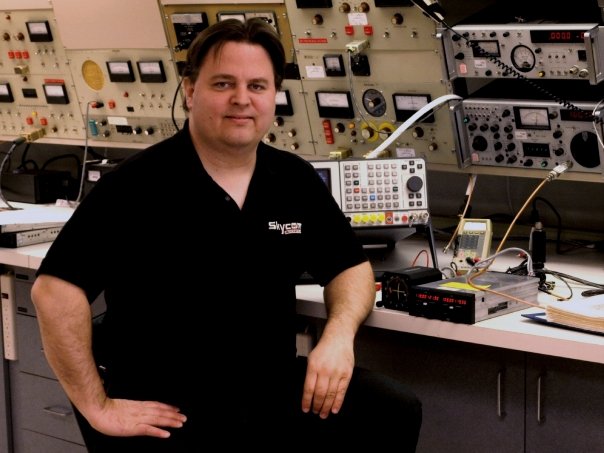
Jim Karpowitz is an avionics technician in Wisconsin.
https://www.appareo.com/2020/12/02/guest-blog-a-bench-techs-thoughts-on-usb-device-interference-in-aircraft/
That radio interference might be coming from your cheap USB charger
In modern vehicles, people are more dependent than ever on the presence of a phone or tablet. Most new vehicles come with some sort of USB charging port that may even include USB communication to an in-vehicle infotainment system, allowing for streaming video, representation of CarPlay mapping on the vehicle display, etc. As consumers, we’re now accustomed to getting into a vehicle, plugging in our phone, and having that phone seamlessly connect and work with our vehicles.
But what if you don’t have a newer vehicle? What if your car, aircraft, RV, truck, or tractor was built before USB integration was a common customer expectation?
When shopping for a USB charging adapter you encounter a shockingly wide array of prices for such devices. Many options are available at discount stores or online for as little as $2.00.
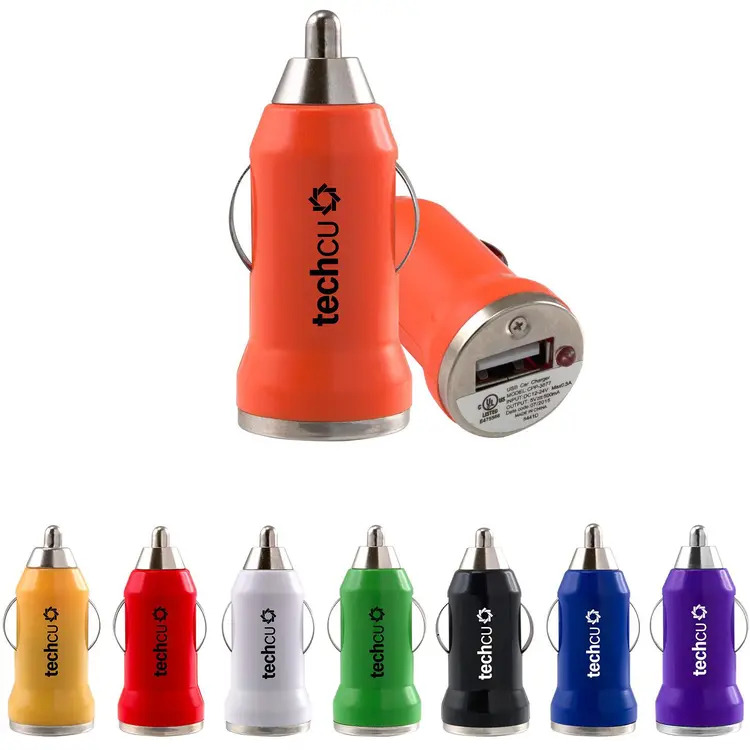
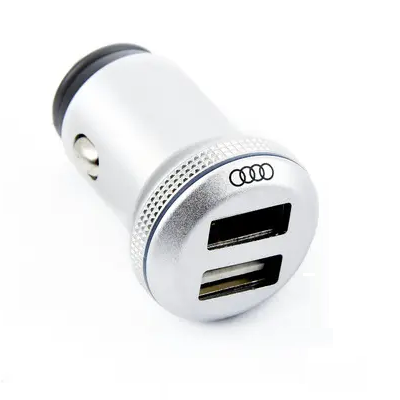
The Audi plug meets automotive standards. The other plugs do not.
That means that the Audi charger has been rigorously testing against standards from both regulators and the vehicle manufacturer themselves. The cheap adapters have an ambiguous level of testing and are self certified by the manufacturer (with no regulator or manufacturer oversight).
So what?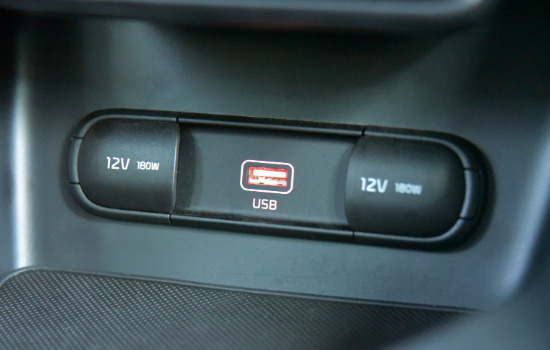 For automobiles in which USB charging ports are integrated by the manufacturer, they are tested against automotive standards. These standards ensure the devices are fit for the environment and will produce a high-quality customer experience. For example, it is inconceivable that plugging a phone or tablet into the manufacturer’s USB port would cause interface on AM, FM, or two-way radios. Plugging in a device and getting a bunch of static on the FM radio or completely losing two-way radio communication is intolerable.
For automobiles in which USB charging ports are integrated by the manufacturer, they are tested against automotive standards. These standards ensure the devices are fit for the environment and will produce a high-quality customer experience. For example, it is inconceivable that plugging a phone or tablet into the manufacturer’s USB port would cause interface on AM, FM, or two-way radios. Plugging in a device and getting a bunch of static on the FM radio or completely losing two-way radio communication is intolerable.
This is, however, a common occurrence when using charging devices that are not designed for automotive use. A lot of these chargers carry FCC/CE marks, look safe and legit, but ultimately damage your ability to receive and transmit radio communications. This could be as benign as negatively impacting your ability to receive an AM radio station, or as painful and inconvenient as knocking out two-way radio communication completely — especially if that is your aircraft VHF comm.
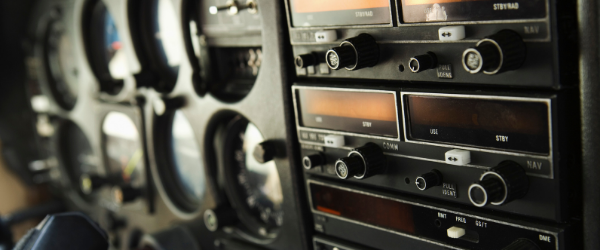
What do I do about it?
Not all chargers are created equally. There are absolutely some high quality products available through online retailers that won’t cause radio noise. Unfortunately there’s really not much one can do to qualify such a charger when shopping, and the only practical way for pilots to sort through them is to buy them, put them in the aircraft, and see what happens. Many of these chargers will cause radio noise, and that noise will vary from slightly inconvenient to completely unmanageable.
Here are a couple of things to take into consideration when making that choice for your aircraft:
- USB charging technology changes VERY quickly. Just because you bought a charger from a specific brand and it worked, that does not mean that going back to the same supplier next time will provide a product that provides clean power without radio noise. This is because consumer devices are not governed by the same kind of engineering change control and certification practices as products that are regulated by folks like the FAA, or closely monitored by aircraft/vehicle OEMs with good design change control. A lot of consumer devices will roll fast with changes to new technology but repackage in the same tooling — therefore, buying what appears to be the same device might all of a sudden produce lots of interference.
- Vibration activity in aircraft and cars is very different. A lot of consumer-style USB chargers are generally designed in a manner that will be friendly for an on-road automotive experience. It’s a much different environment in the ‘74 PA-28 or M20B that you fly around on the weekends. Aircraft vibratory loads can be rough on devices that are not designed for them, so you might burn through cheaper chargers not designed for the environment rather quickly.
If you really need the radio, and to power a device in the aircraft during flight, you should make sure you can do both with a lot of confidence and use a manufacturer-provided solution (in a new aircraft or service part), or purchase a certified charger that you know is going to work and deliver a consistent experience if it is ever replaced.
Then you’ll absolutely have a charging solution that will allow you to aviate, navigate, and communicate without worrying about losing that last word along the way.
Video examples of radio interference
Check out this experiment after he experienced interference in his RV:
For a deeper dive, watch this video from Kenwood (a radio company). They produced a demonstration with a two-way radio, which is a low-frequency radio (typically between 151 and 154 MHz) that operates in bands similar to those used in aircraft.
 David Batcheller – President & CBO
David Batcheller – President & CBO
https://www.appareo.com/2020/10/12/that-radio-interference-might-be-coming-from-your-cheap-usb-charger/
